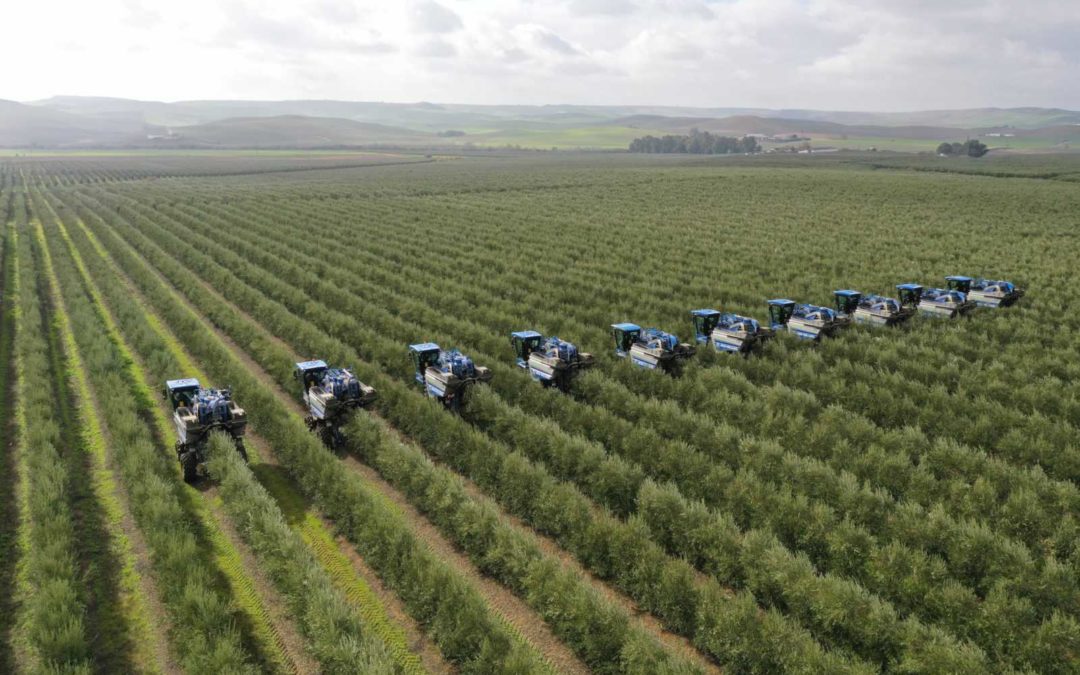Climatological evolution, together with new forms of cultivation and the existence of varieties more resistant to adverse climates, are causing changes in international olive growing.
At present, the aforementioned changes, together with the availability of water in certain areas and large farms where seasonal products were previously grown, have meant that, due to lower water consumption and greater profitability of the farm, olive groves are being planted in places where it was not only unthinkable, but also materially impossible.
This has led to olive groves in Patagonia (Argentina) at -46º in the southern hemisphere. Or, for example, in Canada at 47º in the northern hemisphere, outside the usual area of influence of this crop.
The exploitation model is as follows: there is always water availability, extensions that generally exceed 1,000 hectares in a single border, sometimes even reaching 60,000 hectares, remoteness from the usual olive growing areas, and state-of-the-art mills with milling capacity per season that sometimes exceed 100 million kilograms of fruit, the cultivation method is in hedgerows. This model has prospered in the United States, Chile, Argentina, Saudi Arabia and Australia, among other countries.
The general effect that these farms generate in the market is an immediate increase in the consumption of domestic olive oils, which makes it necessary to import olive oils from other countries to guarantee the growing internal demand.

